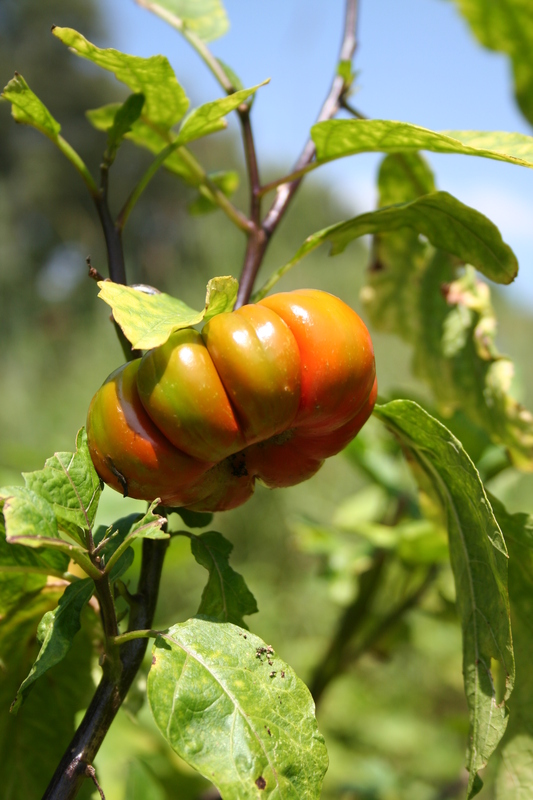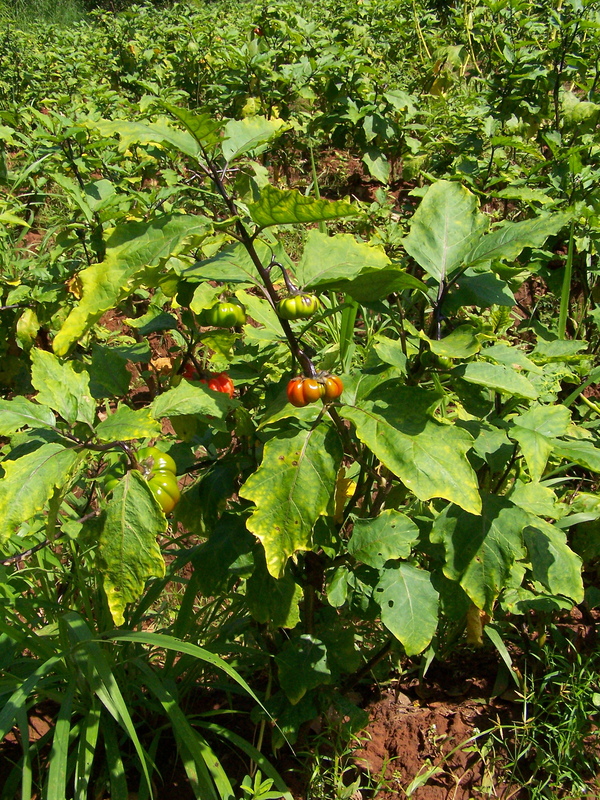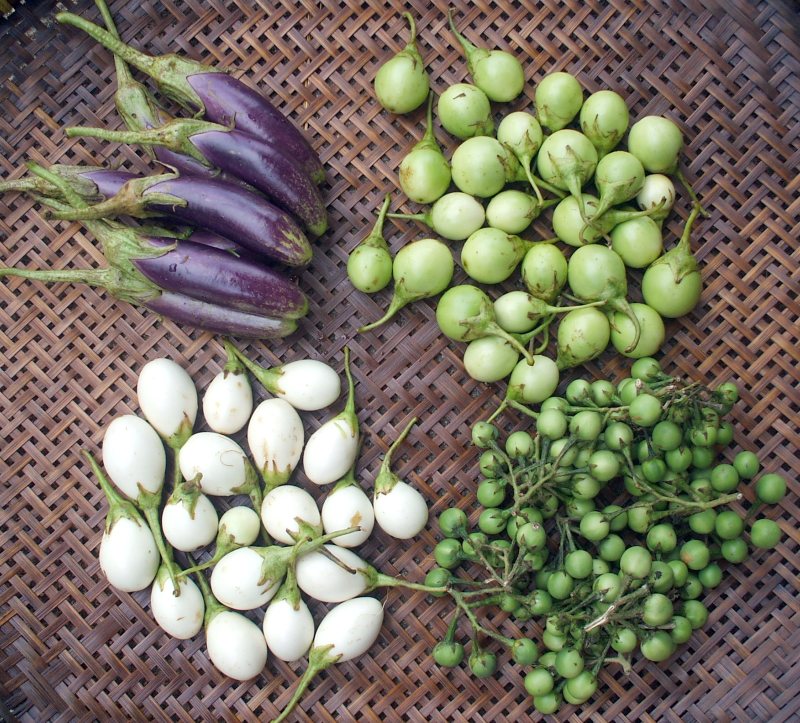The other day, I went to the grocery store to buy an eggplant for a dish and I couldn't find them. When I asked one of the guys in the produce section if they had any eggplant, he told me that he hadn't seen any in about a month. A quick Google search informed me that the winter eggplant crop has largely been lost due to frost. About half of the U.S. winter eggplant supply comes from Mexico, which experienced their first freeze since 1957 in February affecting most of the country’s key eggplant-growing regions. The other half of US supply is grown in Florida where farmers also suffered heavy losses due to frosts in December and January. The shortage should end soon due to harvest of Canadian greenhouse-grown eggplants and another crop of Florida-grown eggplant.
Eggplant wasn’t the only crop affected by poor weather. The unusual freezes in Florida and Mexico have also affected the supply and availability of green peppers, tomatoes, yellow squash and zucchini. “Produce experts say Almost the entire crop of green beans was lost because of the freeze; and zucchini took an 80 to 90-percent hit. Cucumbers and green pepper crops suffered a nearly 80-percent loss.”
There may be a shortage of eggplant at the grocery store, but there's no shortage in my affection for eggplant. Here are some interesting facts about Solanum melongena L.(eggplant).
- Eggplant is a common name that is used for three closely related species belonging to the genus Solanum; those three species are Solanum melongena L. (this is the species that we’re probably most familiar with and includes varieties like Thai eggplant. Brinjal eggplant, and aubergine), Solanum macrocarpon L. (gboma eggplant), and Solanum aethiopicum L. (scarlet eggplant) (Source).
- S. macrocarpon and S. aethiopicum were domesticated in Africa and cultivation of these species is primary limited to Africa (Source).
 | |||||
| Scarlet eggplant (S. aethiopicum)- Source | |
 |
| Scarlet eggplant (S. aethiopicum)- Source |
| Gboma eggplant (S. macrocarpon) - Source |
- These two species do not have the diversity of size and shape that aubergine has, but they do have a diversity of color.
| Gboma eggplant (S. macrocarpon) - Source |
- Aubergine, S. melongena, was domesticated in India and southeast China (Source). In the United States, the word 'eggplant' refers to this species (As such, the rest of the eggplant "fun facts" refer to S. melongena).
 | |
| Aubergine (S. melongena) include a wide variety of colors and shapes - Source |
 |
| I was unable to find an estimate of how many varieties of eggplant exist, but there are a lot - Source |
- Cultivation of eggplant spread to the Mediterranean in the seventh century as a result of the Arab conquests in South Asia (Source).
- Eggplant received its name from Europeans who were most familiar with a variety with white, egg-shaped fruit (Source).
- Eggplant is closely related to the tomato and potato; they are all members of the genus Solanum.
- Thomas Jefferson is thought to have introduced the eggplant to the United States. He grew the vegetable in his garden at Monticello.
- 83 percent of world eggplant production comes from India and China (2010 stat)
 | |
| Scientific analysis of the morphology of the gboma, scarlet, and common eggplant fruits - Source |
- For more pictures of various eggplant types, check out this seed supplier.
- For more information and photos of the gboma eggplant, check out this link.
- For more information and photos of the gboma eggplant, check out this link.
- Eggplant genome data found here.
No comments:
Post a Comment